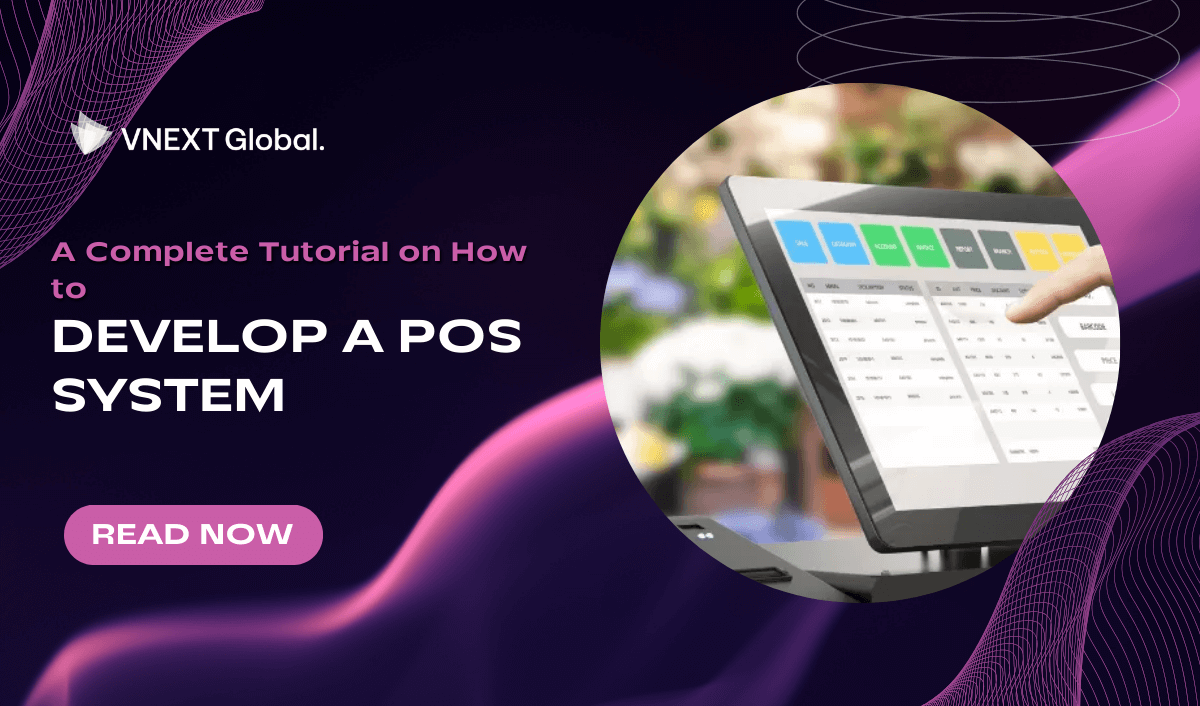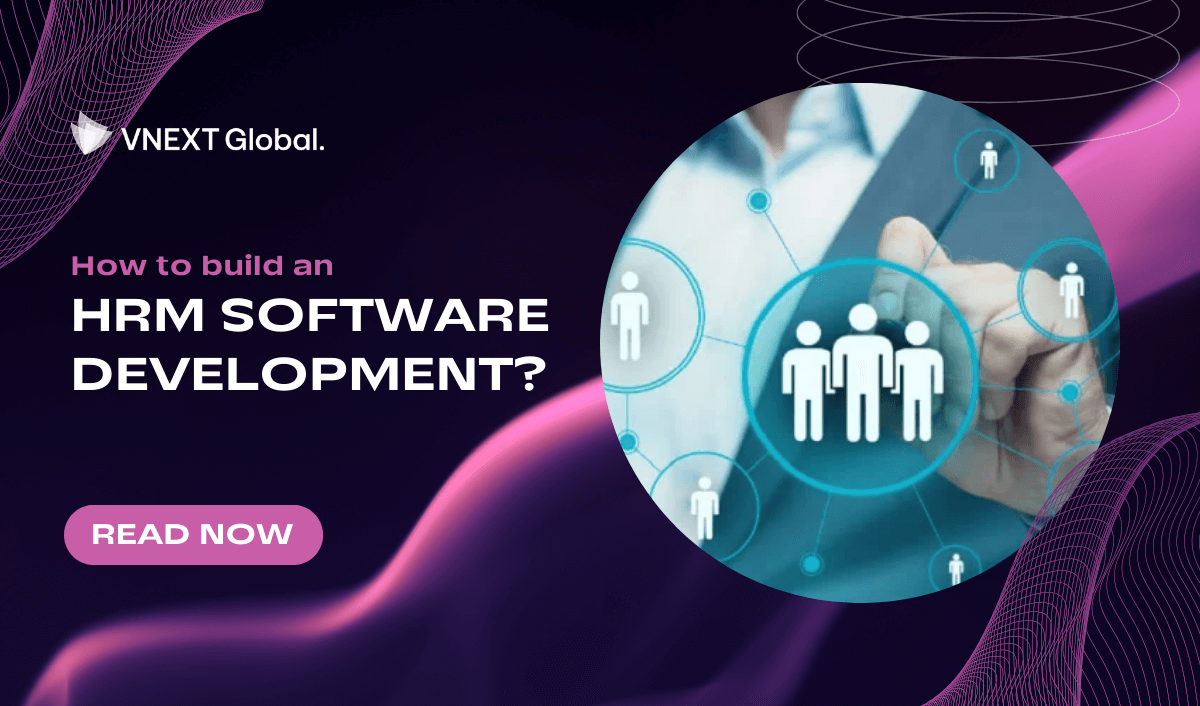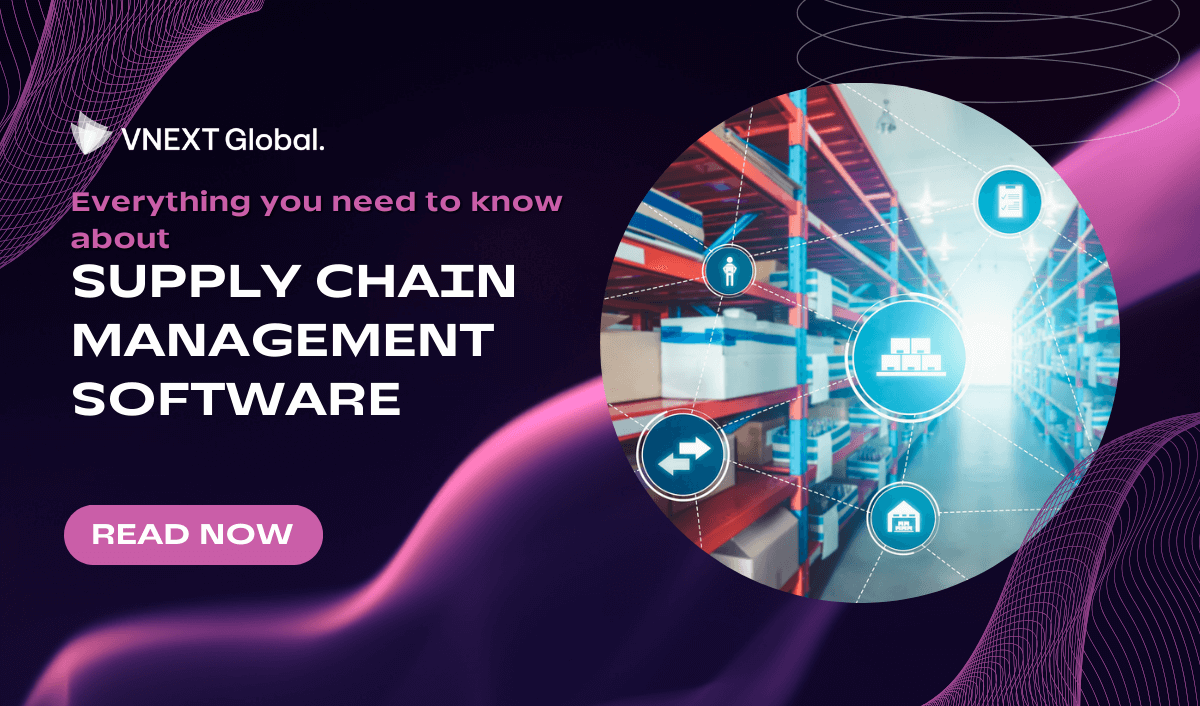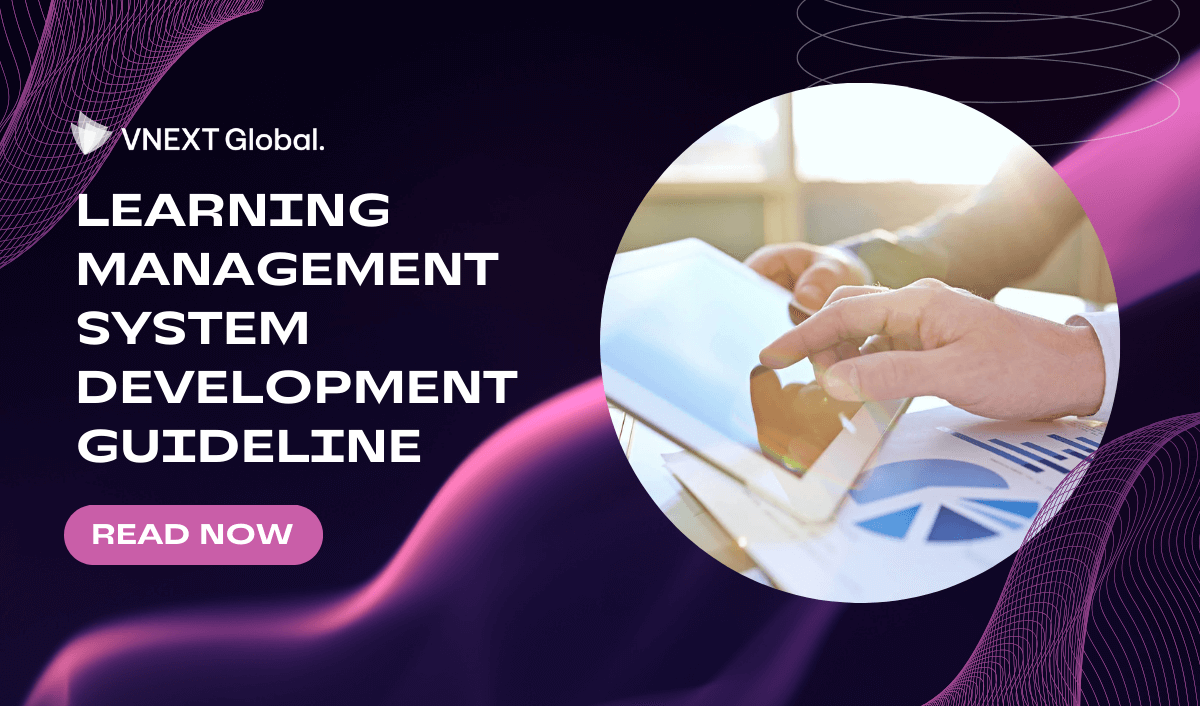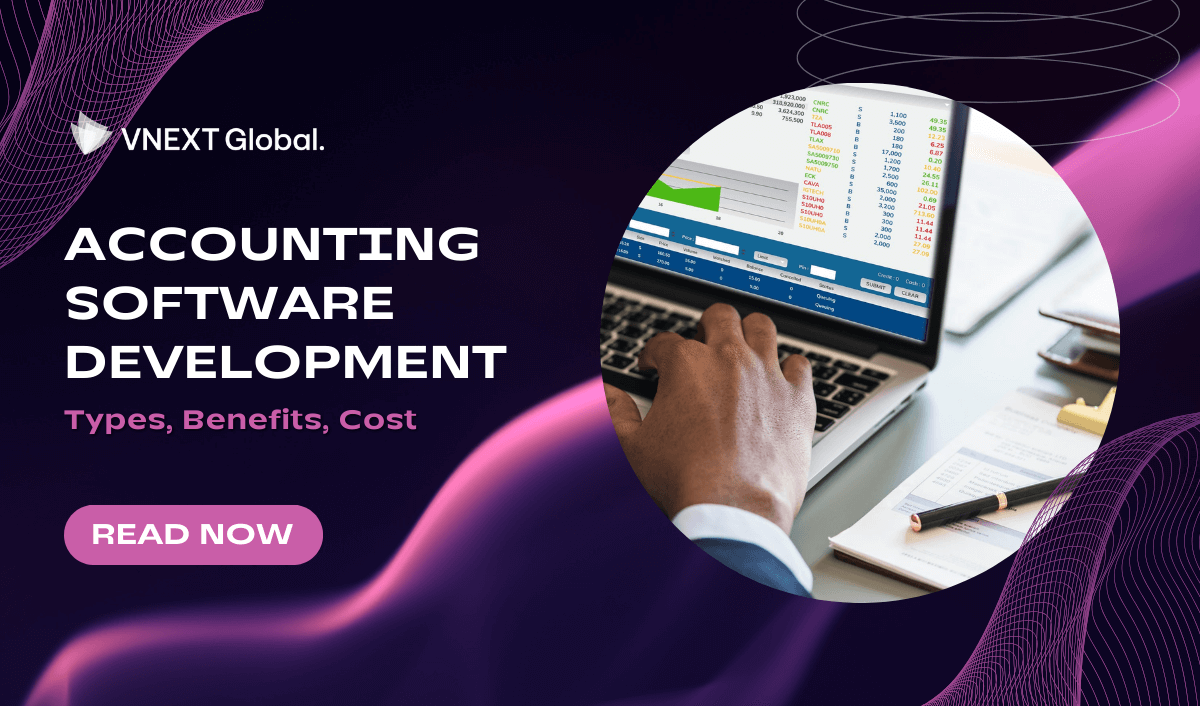When discussing methodologies, we refer to software development methodologies, even though the majority of them existed before software development and were later applied to it. Waterfall and Agile are the two most prominent methods. This post will present a comparison between the waterfall approach and Agile so that you can grasp their relative strengths and weaknesses, thereby deciding on the suitable one for your projects.
1. Waterfall model
During the early stages of software development, the waterfall approach was widely utilized. The waterfall model identifies the following project phases:
- Requirements
- Analysis
- Design
- Coding
- Testing
- Deploy
- Review and maintenance
Their implementation is progressive, which means that the following phase cannot be initiated until the preceding phase has been completed, recorded, and approved.
This makes the approach inflexible, especially in the modern era where requirements frequently change throughout project execution. Despite the fact that the waterfall method has several drawbacks, it is not inherently bad. It has been testified to be highly successful for small projects that are unlikely to change throughout implementation.
On the other hand, if a problem is found at a later stage, such as during testing, it is fairly tough to go back, and it may even be costly for the entire project because the launch dates would be significantly impacted by the modifications. Due to the sequential and linear nature of the technique, there is no actual implementation until all preceding stages have been completed, meaning that the client or project owner will never see a working model until the implementation phase.
Collecting all potential requirements at the outset of a project is also a significant challenge. It is almost unavoidable that something will be overlooked and discovered only during the deployment or even testing phases.
Since we are in a constantly changing era, it might be difficult to adhere to rules that were made of and approved months or even years ago.
In fact, Agile depends precisely on this: everything is always changing. Then, continue to see Determine what Agile technique is and why it is preferable to waterfall.
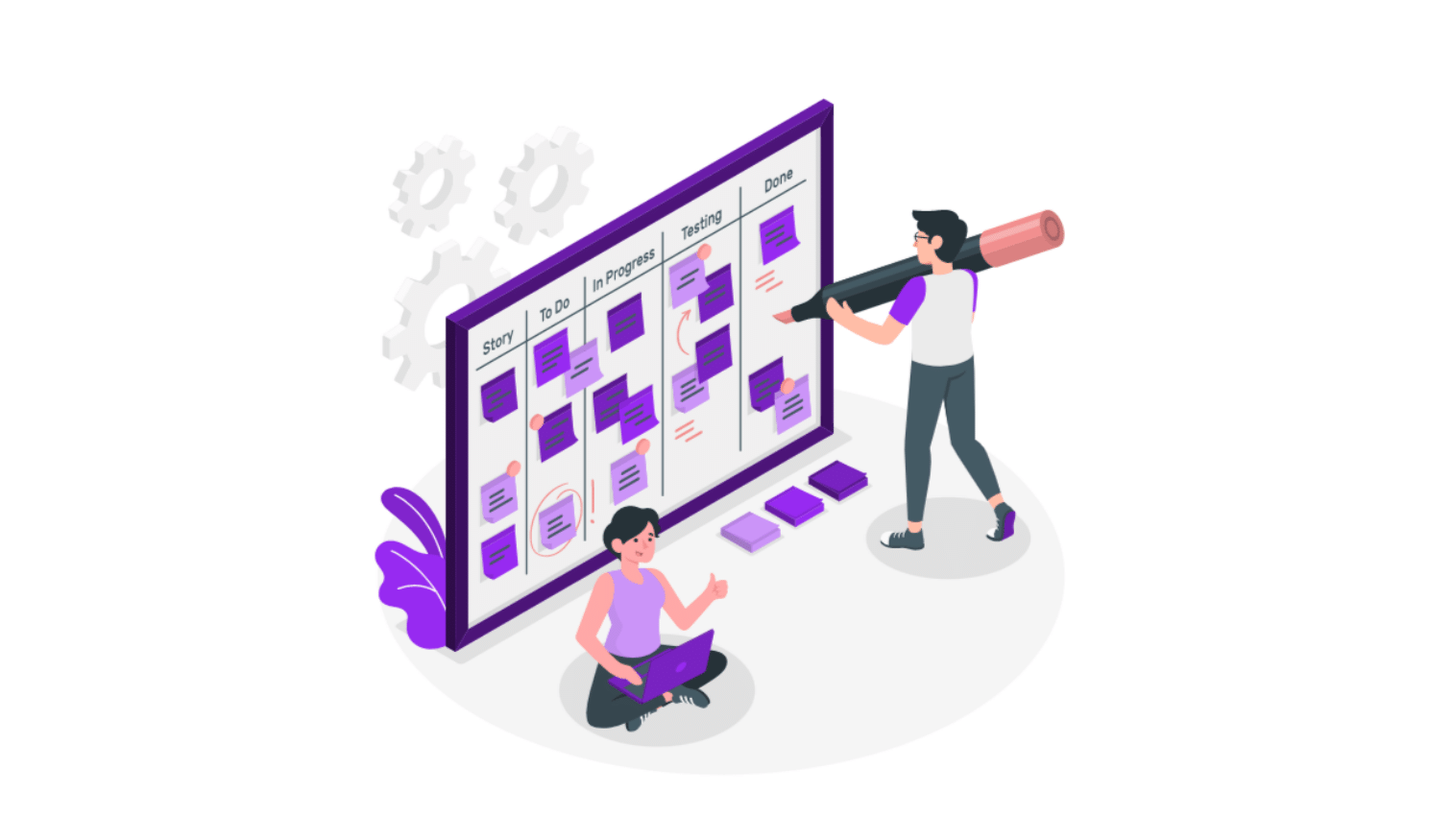
2. Agile methodology
The Agile methodology divides the entire project into small incremental builds. Each of these builds is delivered in iterations that run between one and three weeks. The Agile model comprises the following phases:
- Requirements
- Analysis
- Design
- Coding
- Testing
- Deploy
- Review and maintenance
Agile technique is distinguished by the fact that requirements are not immutable; they can be modified at any time! If everything is in a constant state of flux, we cannot afford to design software prior to its testing phase without input.
Therefore, the most fundamental Agile principle is that faster software releases are desired. The quicker we release software to production, the quicker we receive feedback and can make any necessary adjustments.
At first sight, the situation appears chaotic: something is being published, then modified, then implemented... When does it finish? When is the design and testing phases?
In reality, even with the Agile methodology, software development passes through all the essential phases, because, after all, we're constructing serious things, right? Even if the procedures and phases of Agile and waterfall appear identical at first glance, there are two crucial distinctions:
• According to the Agile methodology, requirements can change at any step of the project and will be repeated and revised as the project progresses.
• Agile begins delivering early on, which helps to identify potential problems and resolve them while there is still time, so limiting their influence on the entire project.
To execute Agile, a multifunctional team is required. A cross-functional team is one that is responsible for all project phases, including planning, analysis, design, delivery, and quality control.
A cross-functional team is one that is responsible for all project phases, including planning, analysis, design, delivery, and quality control. Depending on the circumstances of the project, the roles and responsibilities of members of a cross-functional team may vary. All members of this team collaborate closely and constantly review the project to adapt to changes and act swiftly when something is amiss. All the previously described phases should be implemented within a time period, often a few weeks, with the primary objective at the end of each iteration being to offer the stakeholders a working version for rapid feedback.
3. A consideration between two models: Agile vs Waterfall model
|
Waterfall |
Agile |
|
|
Timeline |
Fixed With the predetermined timeline, the beginning, and end of the project is determined from the outset. |
Flexible As the project progresses, the schedule evolves rather than being constant. The Agile Manifesto, an online statement published by a group of software engineers in 2001, states that team members are required to "deliver working software regularly, from a few weeks to a few months, with a preference for the shorter term." |
|
Client Involvement |
Waterfall does not include the customer or project owner in the process, with the exception of particular check-ins or deliverables, once the final objective has been determined. Since the project's route is established from the outset, incorporating customer feedback is not an ongoing component of the process. |
A core aspect of Agile is involving the client at every stage of project development. The Agile Manifesto reads, "Our primary aim is to please the client by delivering valuable software rapidly and continuously." Therefore, business owners are required to participate and provide input to the software development team as the project advances through its many phases. |
|
Flexibility |
Waterfall is less adaptable than Agile since each phase must be completed before proceeding to the next. Additionally, the project is planned in advance, making this management approach perfect for teams with a clear direction from start to finish. |
The Agile technique is created with adaptability in mind. Agile values sprints, which are short bursts of work. Even at a later project stage, the technique encourages the incorporation of fresh knowledge and the adoption of new directions. |
|
Budget |
Fixed. Generally, the budget for projects utilizing the Waterfall approach is fixed. Because the project is predetermined from beginning to end, there is little room for mid-project budget adjustments. |
Flexible. Even in later phases of a project, Agile is adaptable, fosters experimentation, and embraces changes in direction. As a result, the budget is typically more flexible. |
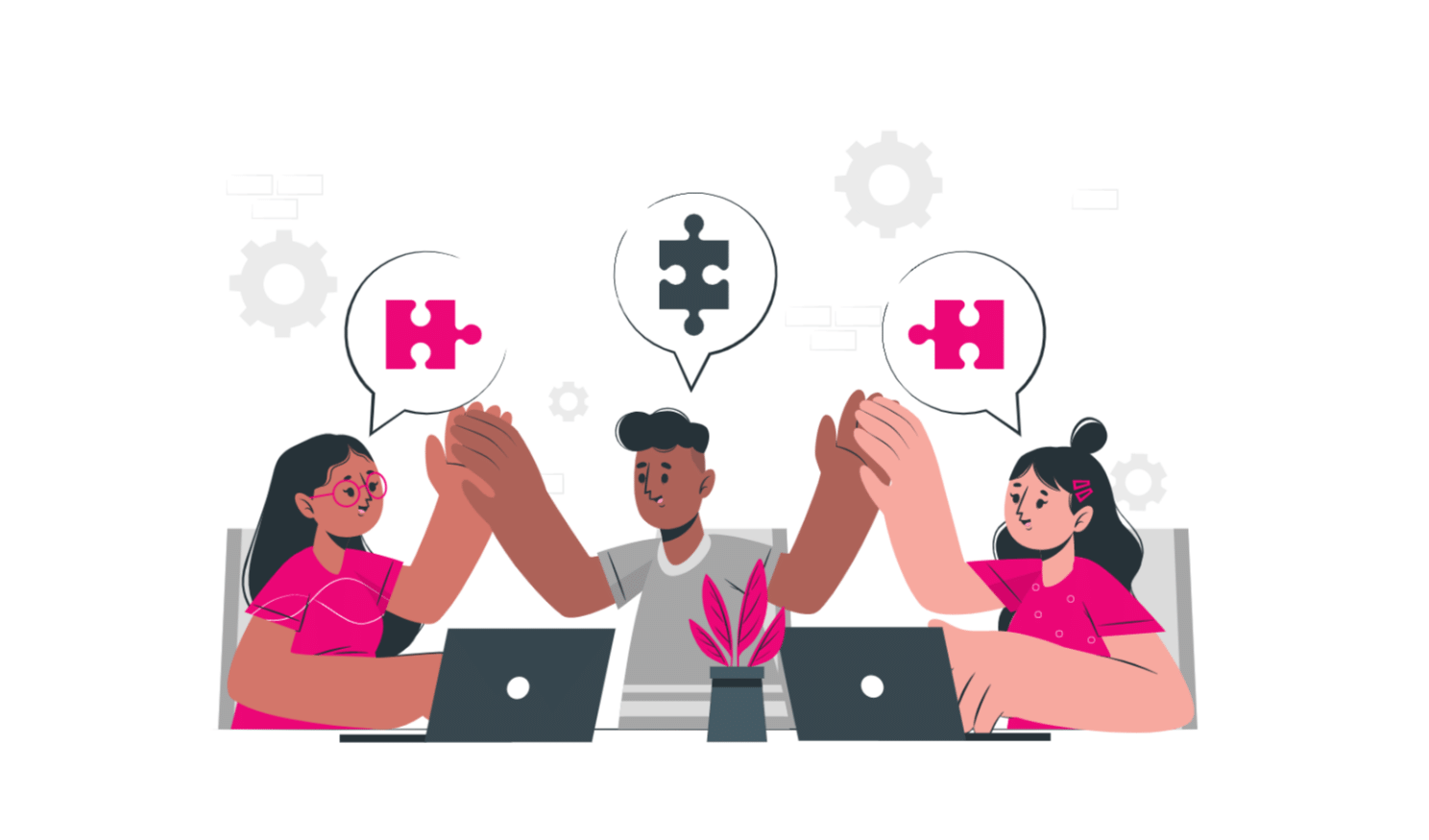
Final thoughts
To choose between Agile and Waterfall, examine the level of the project owner and stakeholder participation. Agile is more suitable for projects in which stakeholders are involved at every level. Waterfall is a more rigid approach to project management that does not lend itself to the same degree of adaptability as Agile.
Author: Chi Vo
Content Marketing Executive
If you are looking for a trusted IT partner, VNEXT Global is the ideal choice. With 14+ years of experience, we surely can help you to optimize your business digitalization within a small budget and short time. Currently, we have 400+ IT consultants and developers in Mobile App, Web App, System Development, Blockchain Development and Testing Services. We have provided solutions to 600+ projects in several industries for clients worldwide. We are willing to become a companion on your way to success. Please tell us when is convenient for you to have an online meeting to discuss this further. Have a nice day!



